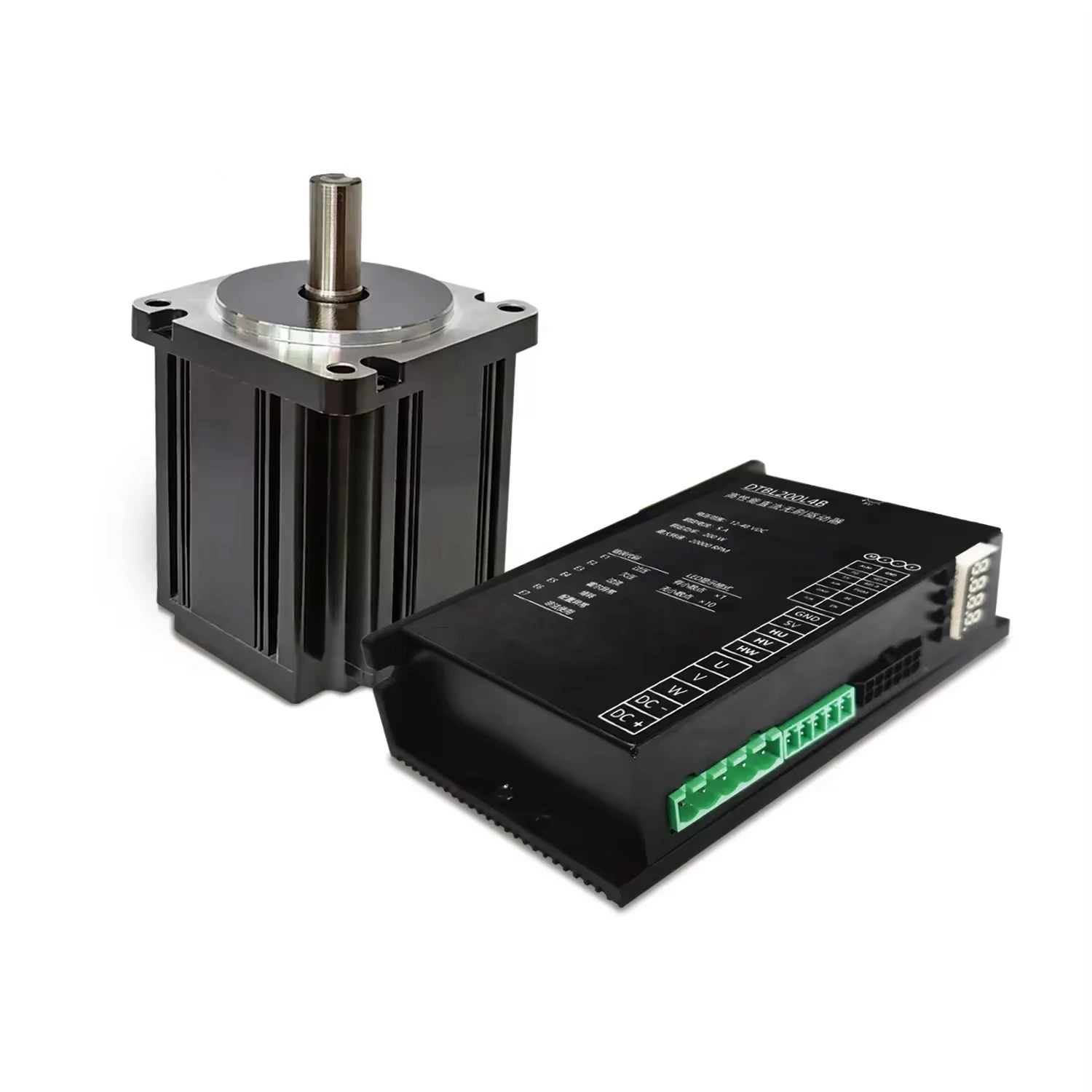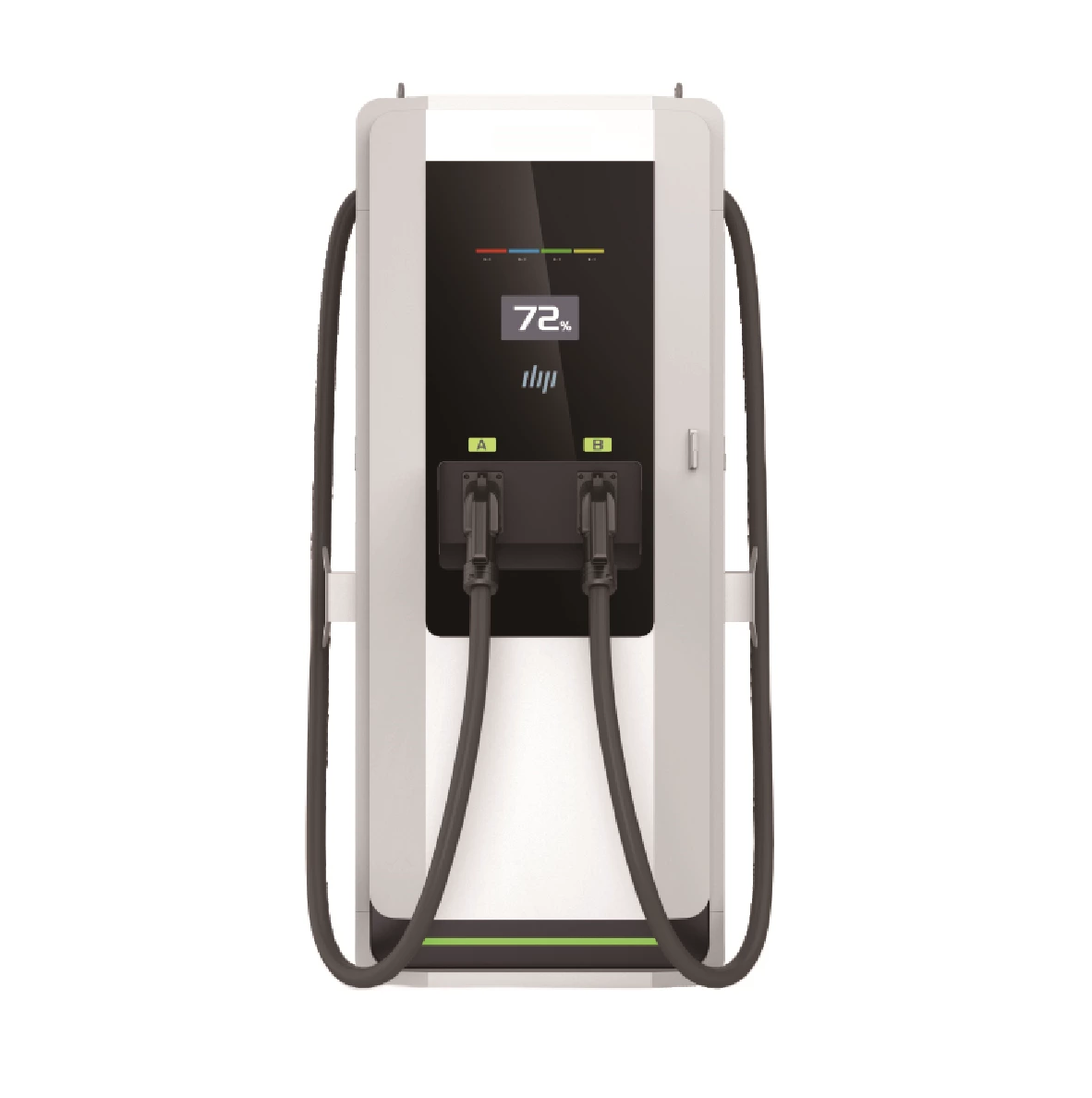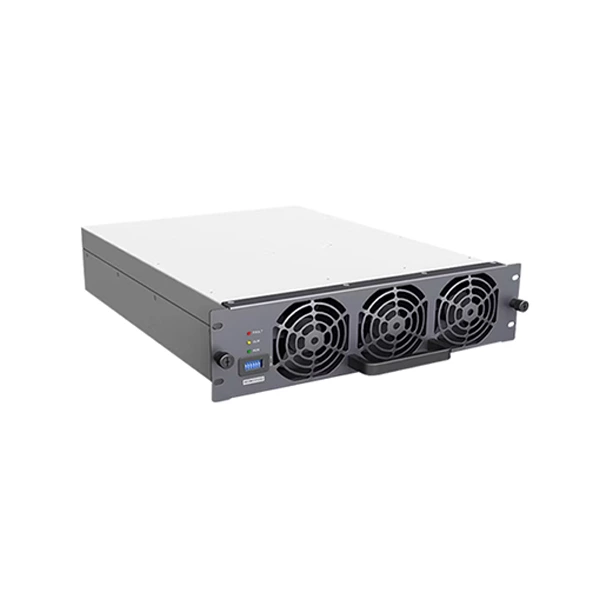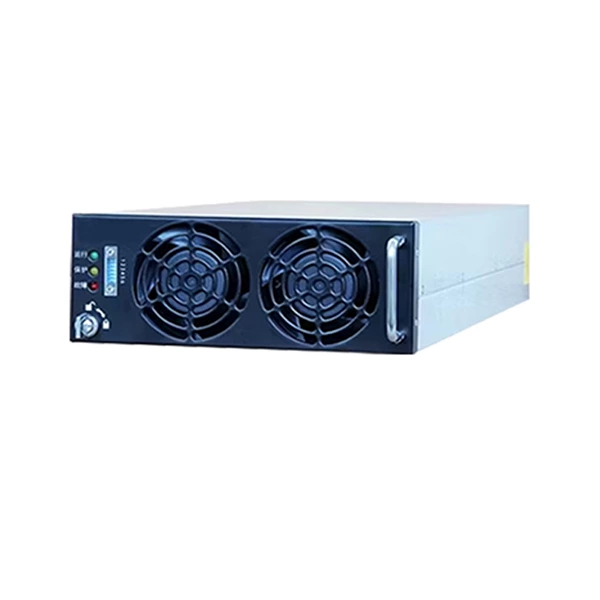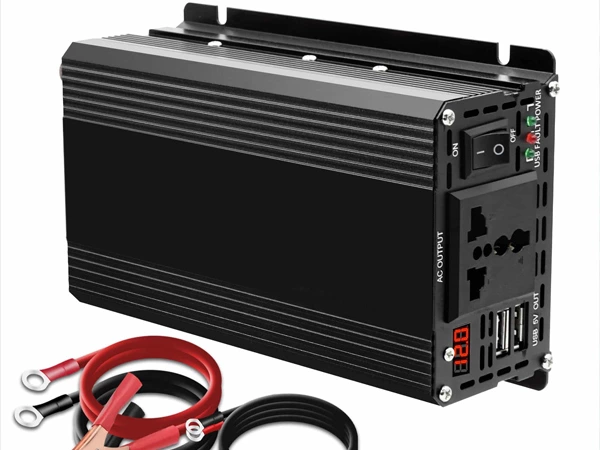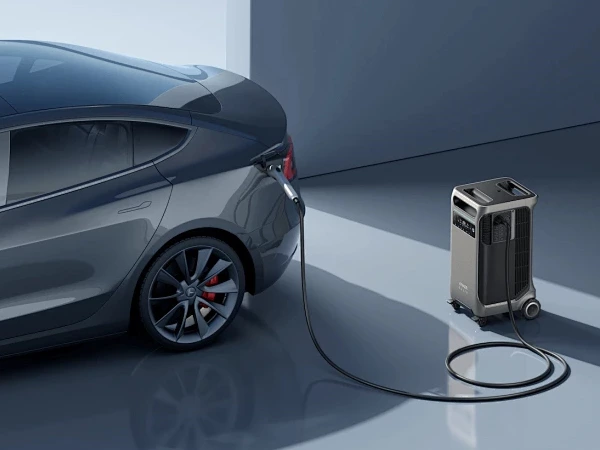How to Choose Electric Vehicle Charging Pile Modules?
With the rapid development of the new energy vehicle market, the construction of charging infrastructure has become particularly important. As the core component, the charging pile module directly affects the performance, stability, and safety of DC charging piles. Choosing the right charging pile module is not only about charging efficiency but also involves installation, maintenance, energy efficiency, and other aspects.
1. Definition and Role of Electric Vehicle Charger Modules
An electric vehicle charger module is the core component of a DC charging pile. It is responsible for converting alternating current (AC) into stable direct current (DC) to provide efficient and safe charging for electric vehicle batteries.
1.1 Main Functions of Charging Pile Modules
- AC-DC Conversion: Converts AC power from the grid into DC power to meet the needs of electric vehicle batteries.
- Voltage and Current Control: Adjusts voltage and current according to the vehicle's charging protocol to ensure stable charging.
- Safety Protection Functions: Includes over-temperature protection, short-circuit protection, overload protection, and over-current/over-voltage protection to ensure the safety of the charging process.
- Communication Functions: Supports data interaction with the charging station's backend system or the vehicle's BMS (Battery Management System) to achieve intelligent charging control.
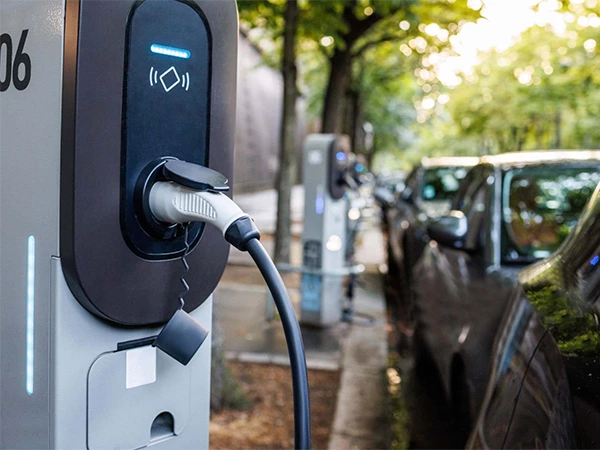
2. Advantages and Disadvantages of Different Types of Electric Vehicle Charger Modules
2.1 High-Frequency Switching Power Supply Module
Advantages:
- Small size and light weight, suitable for compact charging pile designs.
- High conversion efficiency (>95%), low energy loss.
- Intelligent control capabilities, allowing remote monitoring and power adjustment.
Disadvantages:
- Sensitive to grid voltage fluctuations, may require additional voltage stabilization protection.
- Higher electromagnetic interference (EMI) compared to linear power supplies.
2.2 Linear Power Supply Module
Advantages:
- Stable output voltage, low ripple, suitable for applications requiring high current quality.
- Simple structure, high reliability.
Disadvantages:
- Low conversion efficiency, significant energy loss in the form of heat.
- Large size, not suitable for high-power fast charging scenarios.
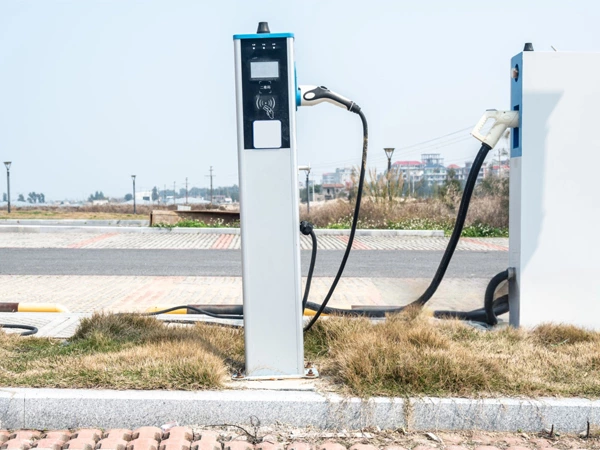
2.3 Integrated and Modular Charging Systems
- Integrated Charging System: All components are integrated into one cabinet, suitable for individually deployed high-power charging piles.
- Modular Charging System: Consists of multiple independent modules, with flexible power expansion, suitable for large-scale charging station applications.
Comparison of Advantages and Disadvantages:
| Type | Advantages | Disadvantages |
| Integrated System | Compact structure, easy deployment | High maintenance costs, poor scalability |
| Modular System | Easy maintenance, flexible expansion | Requires a more complex management system |
3. Installation and Maintenance Requirements
3.1 Installation Requirements
- Size and Weight: The module should be as compact and lightweight as possible to facilitate installation, especially for wall-mounted or column-mounted charging piles.
- Heat Dissipation Design: The module should have a good heat dissipation system, such as natural cooling or forced air cooling, to ensure long-term stable operation.
- Protection Level: Choose a protection level of IP65 or higher to ensure that the module is dustproof and waterproof in outdoor environments. On January 9, 2025, the protection level of outdoor charging pile cabinets and piles is generally IP54/55.
3.2 Maintenance Requirements
- Easy Replacement: The module should adopt a hot-swappable design, allowing for quick replacement in case of failure without affecting the overall equipment operation.
- Remote Monitoring Function: Supports the OCPP protocol, enabling remote fault diagnosis and management through a cloud platform to improve operational efficiency.
- Self-Diagnostic Function: The module should have self-detection capabilities and be able to record fault information to help technicians quickly identify and resolve issues.
4. Power Output and Efficiency Considerations
4.1 Charging Power Selection
- Public Slow Charging Pile (30kW): Mainly suitable for communities, parks, commercial areas, etc., where vehicles are parked for long periods, utilizing off-peak electricity prices for economical energy replenishment and meeting the daily charging needs of mainstream electric vehicle models.
- Public Fast Charging Pile (150kW): Suitable for commercial scenarios requiring short charging times and high energy efficiency.
- Ultra-Fast Charging Pile (150kW-350kW): Used in highway service areas, large shopping malls, etc., requiring high-power charging to support long-range vehicle models.
4.2 Conversion Efficiency
- Choose modules with high conversion efficiency (>96%) to reduce energy loss and improve operational revenue.
- Modules with active power factor correction (PFC) can optimize power utilization and reduce the impact on the grid.
- Modules with low standby power consumption (<5W) can reduce long-term operating costs.
Choose TECOO charging piles, which provide 7×24 hour professional response services. We adopt a modular design architecture, supporting both PCBA core component OEM customization and complete charging pile solutions. Our scalable and upgradable features can better adapt to future technological iterations, helping you build a reliable, intelligent, and future-oriented charging infrastructure system.
